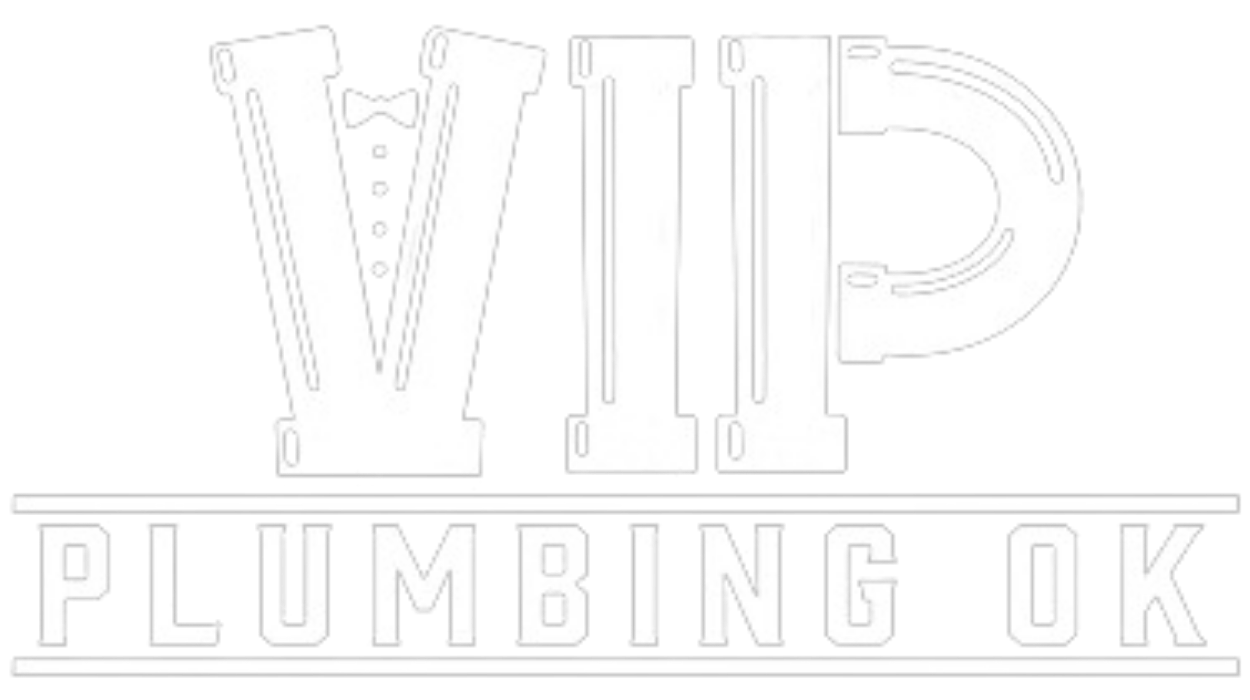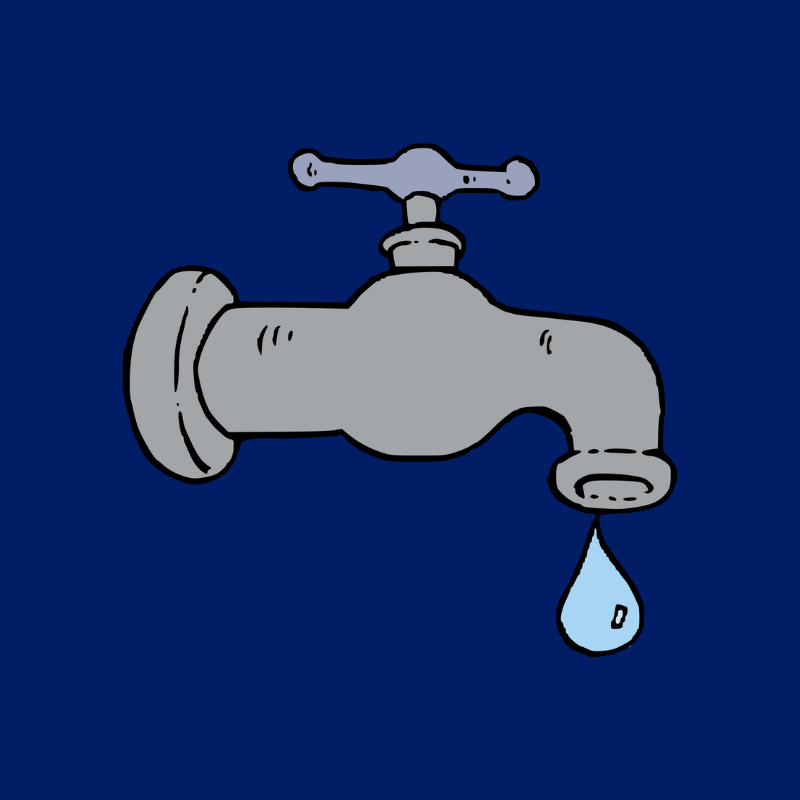Water pressure is a force that moves water from the municipal water supply into and through a home allowing water to reach all plumbing pipes, fixtures, and water-using appliances. When water pressure is low it can create many issues for homeowners.
In this article, we will learn everything a home or business owner needs to know about low water pressure and the issues low pressure can create. We will discuss the way in which pressure is measured and what constitutes low pressure and examine the common causes of this annoying condition. We will also discover some of the dangers of living with low pressure and offer some suggestions on how to improve the pressure using simple DIY techniques.
How to Identify Low Water Pressure
Water pressure is measured in pounds per square inch (PSI) and is the measurement of the force of water running through a home. A normal range for a home’s pressure is between 40-80 PSI and any reading above 80 PSI is considered high and likely violates the local plumbing code. Water pressure that falls below 40 PSI is considered low and indicates a water usage issue.
The best method for determining the current pressure in a home is to purchase an inexpensive water pressure gauge and attach it to an outdoor spigot. Turn the water on and look to see the recorded pressure amount. If the pressure is too low it is best to consult a licensed plumber to determine the cause.
Common Causes of Low Water Pressure
There are a number of factors that can contribute to low water pressure and surprisingly not every cause originates inside the home. Here we will discuss 3 causes of low water pressure that result from conditions that are out of a homeowner’s control.
Outside Influences
The municipal water supply provider may be the cause of low water pressure in a home. The city may have scheduled repairs to water lines of which you were not made aware. There may also be new regulations put in place requiring the supply provider to reduce the pressure of the water they are distributing and there is not much a homeowner can do about it.
A second cause, also related to the water provider may result from a calamity such as a water main break causing the water pressure to significantly drop. Check-in with the neighbors to verify the low pressure is affecting everyone and not just one home.
Periodically the city will voluntarily flush the fire hydrants in an effort to clean out any unwanted debris and to ensure they are operating correctly. This may require hundreds of gallons of water usage per hydrant which will temporarily reduce a home’s water pressure.
Fixture Specific Causes
Fixture-specific causes do not affect the entire plumbing system but instead affect one plumbing fixture. This is seen most frequently in older homes with fixtures that have passed their normal life span. Common issues include faucets with low flow or shower heads that barely trickle water because they are filled with corrosion.
Toilets are another common cause of low water pressure as mineral buildup affects all of the internal components and can accumulate to the point that flappers become distorted or supply holes are clogged lowering the water pressure.
Water heaters can be included in this group of fixture-specific causes of low pressure. Water heaters can become overrun by sediment buildup reducing the pressure of the water leaving the storage tank. Leaking tanks are also associated with a lack of water pressure and must be dealt with immediately to avoid flooding.
Causes of Whole-Home Low Water Pressure
A partially closed shutoff valve will reduce the amount of water entering a home. Perhaps some repair work was needed that required shutting off the water supply and the valve was never set to the open position. This would cause a reduction in water supply and pressure throughout the home.
Plumbing pipes that are deep within the plumbing system can also prevent water from reaching the fixtures and appliances in a home. These clogs can be a result of poor waste disposal activities that restrict the passage of water.
Low pressure can also result from the deterioration of aging pipes such as galvanized steel which lasts for 30 years or less or copper pipes with a lifespan of around 50 years. Older plumbing systems frequently have reduced pressure from their deteriorating pipes.
Another culprit related to plumbing pipes is corrosion. Hard water contains minerals like calcium and magnesium that can build up on the interiors of plumbing pipes narrowing the passageway where water flows. This buildup can slow the flow of water creating low pressure.
Another consequence of clogged pipes is pipe leaks. Oftentimes leaks can go undetected as they are small or out of sight. You can determine if you have a water leak by reviewing your water bills and looking for a spike in usage. You can also stop the demand for water and observe your water meter. If the meter is advancing without using any water you can conclude you have a leak. Leaking water depletes the pressure in the line as it escapes along with the water supply.
Dangers of Low Water Pressure
It might seem odd to associate low water pressure with danger but this is true. Events such as power outages, leaks in the public water supply, or times when the demand for water exceeds the supply available, the pressure can drop.
Older pipes buried underground are cracked and without a constant supply of water running through them, groundwater can seep in and contaminate the water supply. Groundwater can be loaded with bacteria and pollutants and can seriously affect the health of the residents if ingested.
How to Improve Water Pressure
There are several ways a home’s pressure issues can be corrected. Installing a water pressure booster is a good idea as is enrolling in an ongoing preventative maintenance plan where experienced technicians can look for and correct minor clogs and leaks before they grow into larger plumbing issues. They can also service the hot water heater replacing components that are corroded or replacing a heater that has seen better days.
In older homes, a repiping of the plumbing system may be required and certainly replacing tired fixtures and outdated appliances would help.
In the bathroom, faucet aerators and shower heads can be unscrewed and soaked in vinegar overnight to remove hard water mineral buildup and a monthly cleaning of the drains with a mixture of baking soda and vinegar will keep drains clear.
Check all shutoff valves to ensure they are fully open and have a qualified plumber install a pressure regulator so pressure can be monitored and properly maintained for consistency.
Having A Water Pressure Issue?
As we have seen, low water pressure can be an annoyance but it can also be a clear indicator that more serious water usage problems are at play.
We have listed the common causes of low pressure from those that occur that are beyond our control and are the responsibility of the water supplier. We have also noted fixture-specific issues and those that affect the water pressure throughout the entire home.
We talked about how low pressure can lead to the contamination of drinking water which poses an enormous health risk and we have discussed some solutions that DIYers or professional plumbers can employ to rectify the low pressure problems.
As always, we can see that having an experienced and skilled professional you can rely on will help you create a safe and comfortable environment that is efficient and enjoyable for all.
Contact us today to schedule a plumbing appointment!

